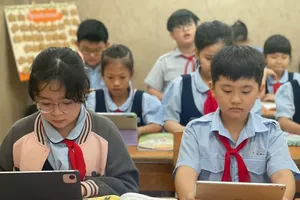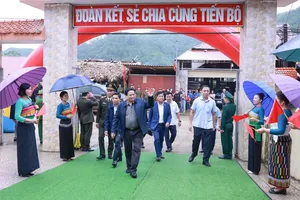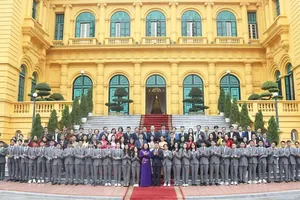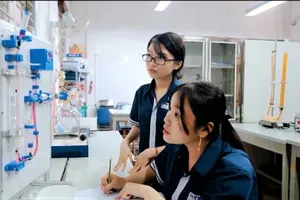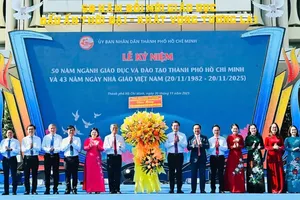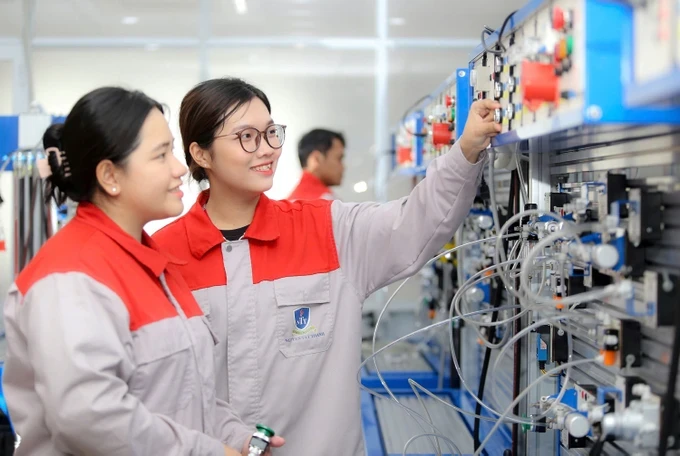
Resolution 51/NQ-CP outlines an Action Plan to implement Conclusion No. 91-KL/TW, dated August 12, 2024 issued by the Politburo, which mandates the continued execution of Resolution No. 29-NQ/TW, dated November 4, 2013 of the 11th Central Executive Committee of the Party on Fundamental and Comprehensive Innovation in Education and Training.
According to numerous experts, Resolution 51 underscores the unwavering commitment of the Party and State to prioritize education as a preeminent national policy, demonstrating strategic intent and foresight in navigating the evolving landscape of global challenges and ensuring sustainable national development.
Resolution 51 articulates eight distinct tasks and solutions, including the dissemination and increase of awareness as well as the reinforcement of leadership and directive responsibilities among Party committees and governmental bodies at all levels, in the context of implementing Party directives and State legislation applying to fundamental and comprehensive innovation in Education and Training.
The resolution calls for refined Education and Training frameworks, adopting a scientific, integrated approach aligned with global standards and domestic needs. It mandates decentralization to remove bottlenecks and ensure seamless educational integration.
With respect to each educational level, Resolution 51 calls for the sustained enhancement of comprehensive education across preschool, general education, continuing education, political and ideological education, national defense and security education, physical education, and school-based athletic activities for students and trainees.
It prioritizes the modernization of vocational and higher education, which in turn can boost scientific research capabilities within educational and training institutions, and refine the national education system to promote openness, flexibility, and lifelong learning.
The resolution also advocates for the acceleration of digital transformation within Education and Training, the development of proficient educators and educational administrators, the attraction and retention of talent within the education sector.
It also suports the innovation of management mechanisms, the provision of adequate infrastructure and financial resources, the promotion of international integration, the enhancement of foreign language proficiency, and the international dissemination of Vietnamese language and culture.
The Government has, therefore, directed ministers, heads of ministerial-level agencies, heads of government agencies, and chairpersons of the People’s Committees of provinces and centrally-administered cities to intensify their leadership, ensure rigorous implementation, and expedite the fundamental and comprehensive innovation of Education and Training to achieve the objectives delineated in Resolution No. 29 and Conclusion No. 91.
Deputy Minister of Education and Training Nguyen Van Phuc stated a decade of education reforms achieved significant gains, and new policies will further transform the sector. He urged state institutions and agencies to overcome challenges while seizing valuable opportunities. With strong state support, substantial growth and milestones are expected, driving education towards significant future achievements.
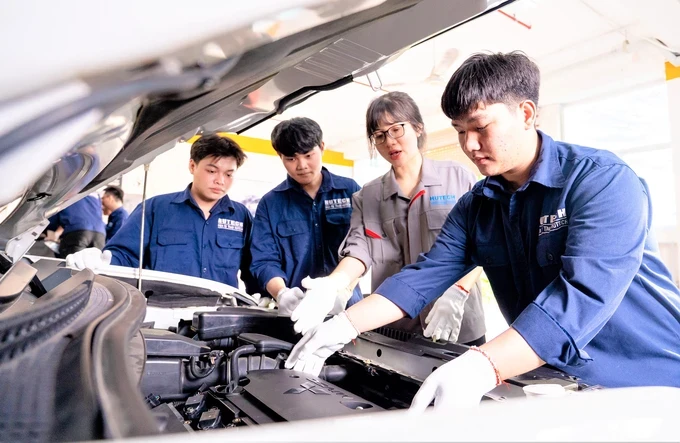
The Ministry of Education and Training, in collaboration with other agencies, is tasked with refining Education and Training mechanisms and legal frameworks. This includes expediting the Law on Teachers and developing the Law on Lifelong Learning. They will revise education laws, including those for higher and vocational education, and regulations on school management.
Research and proposed amendments will strengthen state management roles in staffing, organization, teacher pay, and budget allocation, aiming to create a cohesive and effective educational system. The initiative seeks to streamline processes and enhance resource distribution.
President Le Lam of Dai Viet Saigon College identified the disproportionate enrollment in short-term vocational training programs as a significant hindrance to vocational education.
In response to the Government’s directives, the Department of Vocational Education and Continuing Education is urged to advise the Ministry of Education and Training on the expedited reorganization and streamlining of vocational education institutions, thereby aligning occupational structures with regional labor market demands and enhancing graduate employability.
Vice President Nguyen Quoc Anh of HCMC University of Technology characterized Resolution 51 as a pivotal opportunity for private universities to elevate educational standards and meet labor market demands. The emphasis on innovation, autonomy, and collaboration is deemed crucial for the sustainable development of these institutions.
However, he advocated for specific regulatory frameworks from the Ministry of Education and Training, including the autonomy of private universities in curriculum development, enrollment, and financial management; mechanisms to incentivize innovative training models; and financial support policies for infrastructure development and strategic program development.
Dr Hoang Ngoc Vinh, former Head of the Department of Vocational Education (Ministry of Education and Training) voiced that university autonomy is impeded by bureaucratic red tapes and regulatory overlaps, necessitating a comprehensive legal review.
The Education and Training Ministry should transition from administrative control to quality assurance, devolving autonomy and minimizing oversight. Retaining affiliated institutions by ministries wastes resources and hinders autonomy. Transferring these institutions to a unified management structure is vital. Only decisive administrative reforms and streamlining will enable effective university autonomy, yielding national benefits.
Dr Nguyen Tien Dung, former Head of the Training Department under HCMC University of Technology and Education, noted Resolution 29’s decade-long impact on education, while Conclusion 91 addresses limitations. For higher education, autonomy-enhancing policies are vital. Resolution 57 drives technology development and workforce growth.
Strong state-university-enterprise collaboration is crucial, requiring a clear legal framework defining rights and responsibilities. This partnership maximizes cooperative training, research, innovation, and technology transfer. Effective collaboration will accelerate educational advancements and technological mastery, aligning with national development goals.
Vice Chairman Tran Anh Tuan of the HCMC Vocational Education Association stated that the consolidation of vocational education management under a single entity underscores the commitment to Education and Training reform, aiming at establishing a modern, flexible, and efficient training system.
The Government’s determination to implement Conclusion No. 91 necessitates proactive strategic development by training institutions and a focus on management innovation by regulatory bodies. The unification of regulatory frameworks will create an environment conducive to the robust development of the vocational education system, contributing to national socio-economic progress. The vocational education system will continue to diversify, with both public and private institutions, and expand its training capacity to meet the evolving demands of the technical workforce.
